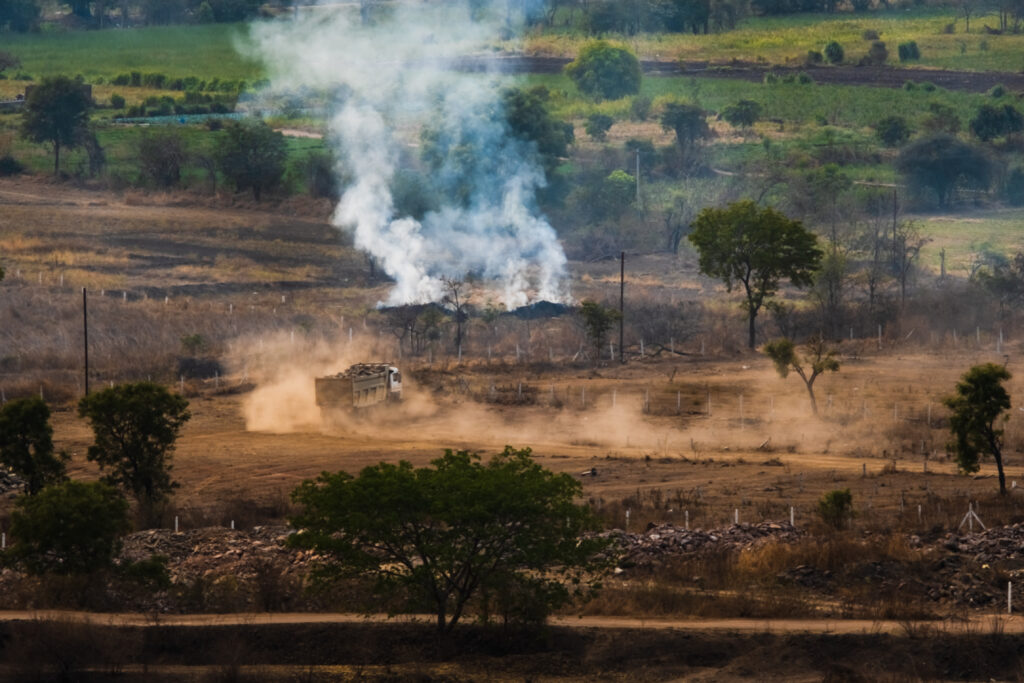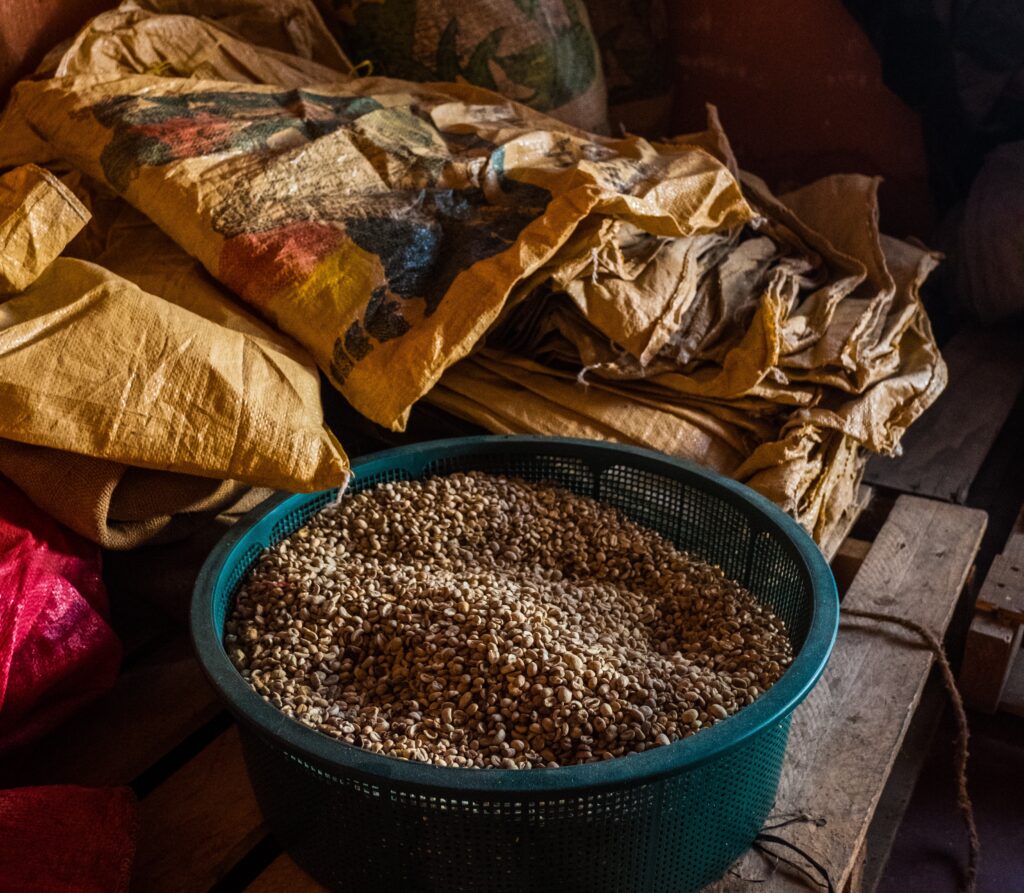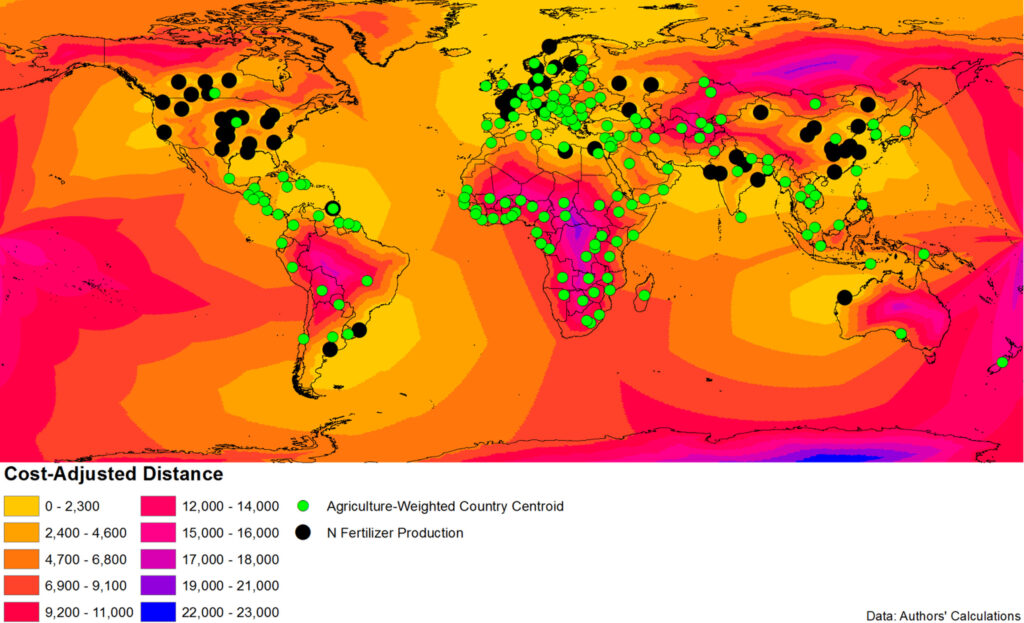Technological transformations open new opportunities and disrupt old patterns. Founded in 2006, Center on Global Transformation (CGT) provides a new framework for vanguard exploration of topics critical to analyzing and shaping the forces of economic change in a deeply interconnected, thoroughly dynamic world. CGT and its Pacific Leadership Fellows program focus on academic inquiry and policy analysis of international issues. CGT’s core mission is to: Foster and disseminate research that addresses global economic and technology transformation Develop and maintain a network…
SDG 1
The decline of global extreme poverty continues, but has slowed. The deceleration indicates that the world is not on track to achieve the target of less than 3 per cent of the world living in extreme poverty by 2030. People who continue to live in extreme poverty face deep, entrenched deprivation often exacerbated by violent conflicts and vulnerability to disasters. Strong social protection systems and government spending on key services often help those left behind get back on their feet and escape poverty, but these services need to be brought to scale.
Recent research at the School of Global Policy and Strategy
The Policy Design and Evaluation Lab (PDEL) is an international focal point for rigorous empirical research on the interplay of public policy, technology, and economic development. PDEL combines advanced social science methodology with the power of information technology to design policies and programs that alleviate poverty; promote health, welfare, and security; and enhance accountability. Why PDEL? UC San Diego and its scholars are at the leading edge of a movement to develop a new class of solutions to some of…
The FABLE Consortium has released its 2020 Report on Pathways to Sustainable Land-Use and Food Systems. Explore the latest trends in food and land-use with the new ‘Scenathon’ dashboard. Visit the FABLE Consortium Explore Scenathon Read Report Overview FABLE is a global consortium with teams of scientists in 20 countries modeling land use to 2050 in an integrated framework. Land use and land use change accounts for 23% of GHG emissions globally, biodiversity loss is accelerating at alarming rates, and…
Teevrat Garg
The paper explores the unexpected consequences of road construction projects in rural India. While constructing roads to connect labor markets in remote areas is often seen as a positive development, this study reveals a significant drawback. The research finds that such road projects inadvertently lead to an increase in harmful crop fires, which have detrimental effects on both air quality and human health. The paper draws attention to the need for a more comprehensive understanding of the multifaceted impacts of rural infrastructure development, highlighting the importance of considering environmental consequences alongside economic benefits when planning such initiatives in developing regions.
2023
Achyuta Adhvaryu and Gaurav Khanna
Evidence suggests that natural resources have driven conflict and underdevelopment in modern Africa. We show that this relationship exists primarily when neighboring regions are resource-rich. When neighbors are resource-poor, own resources instead drive economic growth. To motivate the empirical study of this set of facts, we present a simple model of parties engaged in potential conflict over resources, revealing that economic prosperity is a function of equilibrium conflict prevalence, determined not just by a region’s own resources but also by the resources of its neighbors. Structural estimates confirm the model’s predictions, and reveal that conflict equilibria are more prevalent where institutional quality is worse.
Jesse Driscoll
Shelter-in-place ordinances were the first wide-spread policy measures aimed to mitigate the spread of COVID-19. Compliance with shelter-in-place directives is individually costly and requires behavioral changes across diverse sub-populations. Leveraging county-day measures on population movement derived from cellphone location data and the staggered introduction of local mandates, we find that economic factors have played an important role in determining the level of compliance with local shelter-in-place ordinances in the US. Specifically, residents of low income areas complied with shelter-in-place ordinances less than their counterparts in areas with stronger economic endowments, even after accounting for potential confounding factors including partisanship, population density, exposure to recent trade disputes, unemployment, and other factors. Novel results on the local impact of the 2020
Gordon McCord and Teevrat Garg
Cash transfers attenuate one-half to two-thirds of the effects of higher temperatures on homicides. Our results not only suggest that social protection programs can help the poor adapt to rising temperatures.
2020
Craig McIntosh
This study presents the results of an experiment introducing commercial rainfall index insurance into drought-prone farming cooperatives in Amhara Region, Ethiopia. We provided a market-priced rainfall deficit insurance product through producer cooperatives, and test a number of potential ways to kick-start private demand. Take-up of the insurance at market prices is very low, between 0.5% and 3% across seasons. When we use a randomized experiment to distribute small free insurance contracts to farmers, 39% of subsidized individuals enroll but this fails to stimulate input use, yields, or income, and nor does it enhance demand in subsequent seasons. A training and promotion on the product improves uptake and willingness to pay, but also does not improve farming outcomes.
Craig McIntosh
We play a series of incentivised laboratory games with risk-exposed co-operativised Guatemalan coffee farmers to understand the demand for index-based rainfall insurance. We estimate an explicit utility curve for every player and hence predict expected utility demand under counterfactual scenarios. Using these estimates, we provide a precise money-metric decomposition of the extent to which the low observed demand for index insurance is driven by expected utility theory, or by behavioural issues arising from a prospect-style utility structure. Our results suggest that consumers value probabilistic insurance using a prospect-style utility function that is concave both in probabilities and in income.
2019
Craig McIntosh
This study was designed to ‘benchmark’ a major USAID-funded child malnutrition program against what would have occurred if the cost of the program had simply been disbursed directly to people to spend as they see fit. The results indicate that programs targeted towards driving specific outcomes can do so at a lower cost than cash, but large cash transfers drive substantial benefits across a wide range of impacts, including many of those targeted by the more tailored program.
2018
Gordon McCord
This paper estimates the role of agronomic inputs in cereal yield improvements and the consequences for countries’ processes of structural change. It is estimated that a half-ton increase in staple yields generates a 14 to 19 percent higher GDP per capita. Five years after the increase in staple yields, there is an estimated 4.6 to 5.6 percentage point lower labor share in agriculture.













